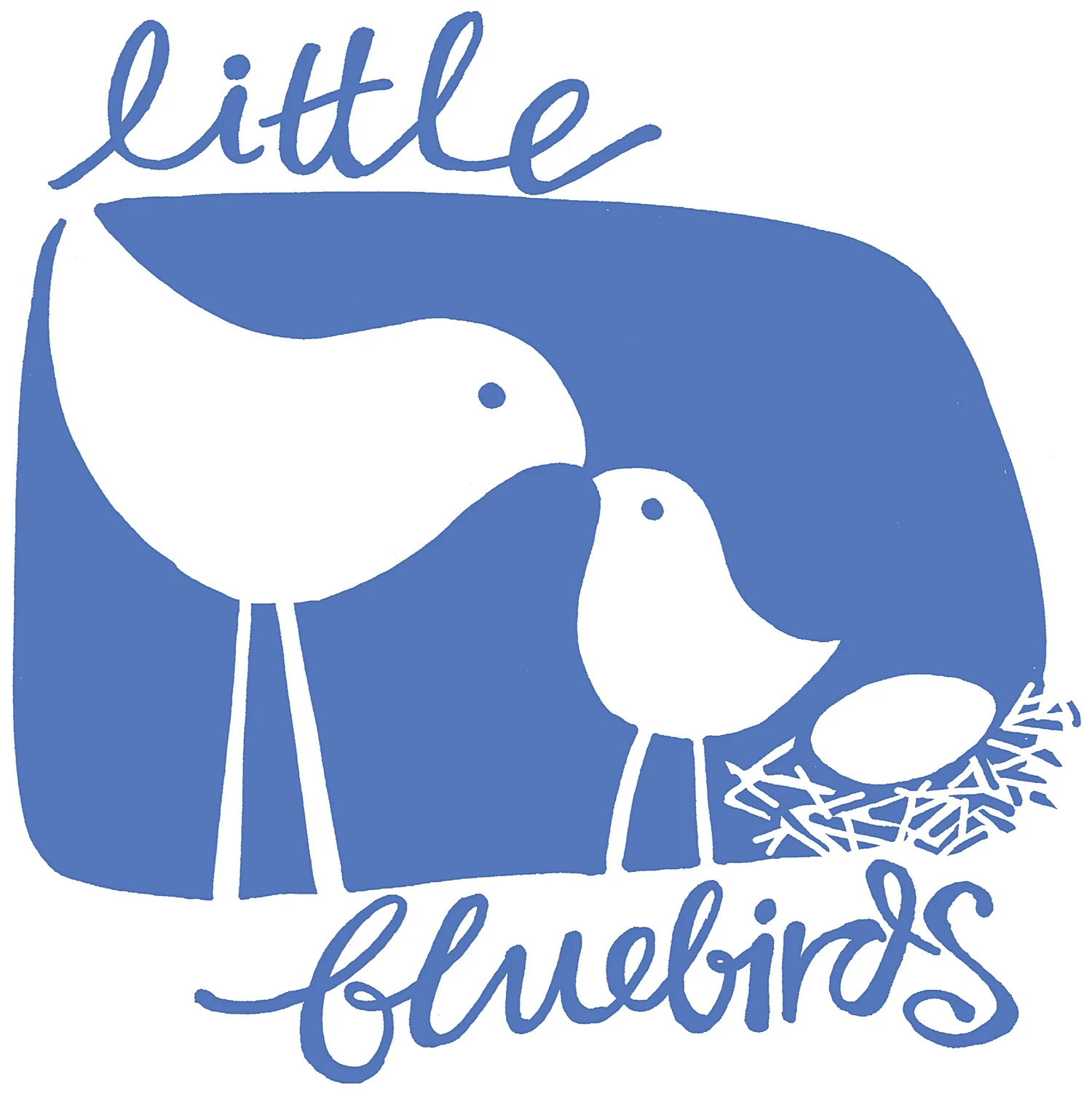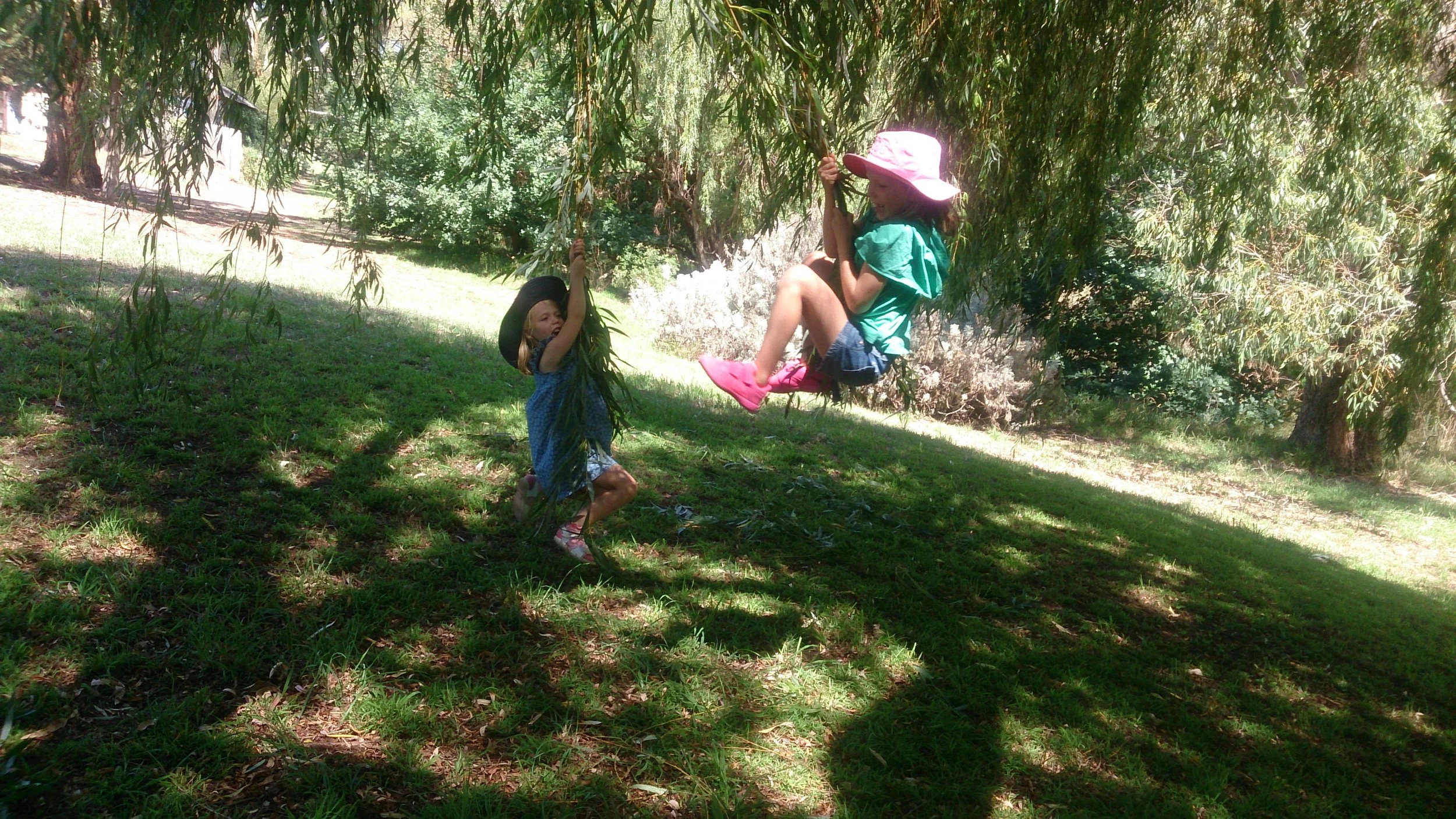Nature Play Tool Kit - Outdoor Adventures Part One
When planning an outdoor adventure (a picnic, day trip, overnight camping or holiday), there are a few things you can bring to maximise your chance of success. Any outdoor adventure is best when children can be amused, happy and playful and when you can find time to do what suits you best (slow, relaxing, chill day or physically challenging hike/play).
Caring for children takes a lot of energy. They need to eat all the time, they wriggle a lot, they need frequent toilet stops/nappy changes and their sleep times need to be considered and protected. Leaving the house and going on “holiday” can feel overwhelming and difficult. Even going out for a day can feel like packing for a week away! But it doesn’t have to be difficult. A child who is well-skilled at playing in Nature can find amusement and joy in the smallest things.
I love a spontaneous outdoor adventure! I like to balance minimal “stuff”, with having some equipment available to support the kids to be playful and become immersed in their environment.
Here are some ideas for what to have in your outdoor adventure “kit”. This kit or bag can sit in the back of your car, ready for a spontaneous outing. Or it can be planned and packed, ready for a holiday. The more you play around with what to include, the more you may well discover that you don’t need much for a great day out.
A vessel of some description
a container, a cup, a thermos, a jar or a jug
having a lid can be handy
anything that can carry and hold water, mud, dirt, stones or found treasures
A cutting tool
Can be a knife or some scissors
To be used by an adult or a child (depending on age, stage, level or risk that is comfortable for child and adult etc)
When your child is very small, handing them a whittling knife can seem like an extraordinarily bad idea! But if they are taught with care, over time they can learn to use a knife, taking care of themselves, others and their environment. If they start by observing an adult using this knife, they have a good chance of being a safe user themselves at some stage. Once they are up for it, a kid can spend ages mindfully whittling away at a stick. It can be really therapeutic and a whole lot of fun for some children.
Twine, string or rope
twine (preferably made from a natural fibre) or string can be used to tie or hang things or to make a bow (for a bow and arrow)
a rope can be a swing, a balancing tight-rope or a place to hang a blanket and make a shelter
Appropriate clothing
This can make or break an outing!
a mud-suit, a wet-suit, an appropriate hat, a jacket, gumboots. I still love the idea that there is no such thing as bad weather, just inappropriate clothing! So be prepared for the season you are in and the conditions you are likely to experience.
A towel and a change of clothes is an excellent idea. This is something I always carried in the back of my car when my children were small.
Aside from these things, there a whole range of options. The usefulness of these will depend on where you are going , who you are going with and what you will be doing once you get there! Find your own family’s balance of enough gear to have a great time, but not too much “stuff” that can actually inhibit the freedom of an outdoor adventure.
Other options
mallet or hammer - good for banging in tent pegs, banging on rocks or breaking up dirt. Just like the whittling knife, this is a tool that will need some care to ensure it is not used for destruction! Having a clear guideline for its use will be important to ensure care is taken with self, others and the environment
torch or head torch - can be amazing at night time for spotting owls. It does take kids (and adults) a long time to work out that looking at someone directly whilst wearing a headtorch can bother the person you are looking at!
balls and bats - for those kids who cannot spend a day without kicking, throwing or catching their favourite ball.
a notebook/paper/canvas and pencils, crayons, water colour paints or other art supplies
sunscreen and insect repellent - being mindful of the environmental impact of the products you use. Look out for a sunscreen that is safe for use in waterways and oceans.
dinosaurs, animals, dolls, cars, trucks or favourite small toys - this one is again a balance between learning to enjoy play without the need for extra toys and supporting those children who are going through a phase of really loving these toys.
a compass, magnifying glass or binoculars plus a plant/bird/mammal/spider/insect identification book or app - some outdoor adventurers will love these hiking/bird-watching extras.
a small net or other fishing gear - for catching crabs or fish or tadpoles or butterflies (and then letting them go!)
a good quality backpack - dependent on the age of the child, the fitness of the adult and the kind of adventure you are on. A simple backpack can be amazing for a day trip anywhere, and a hiking back pack can really open up the opportunity to hike long distances with small children.
pegs and blankets - for cubbies, for hideaways, for shelter, for groundcover
There are many more ideas that can suit different families. What do you like to take with you when you go on an outdoor adventure?







